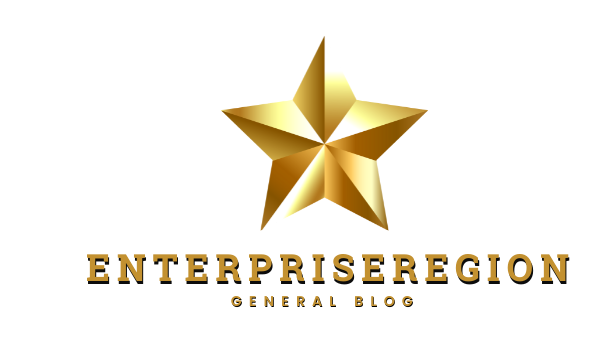Every penny consumers pay for goods and services covers all the costs that go into producing those goods and services. That includes employee benefits. Given that the cost of employee benefits continues to rise, it is no wonder consumer prices are rising as well.
One of the fundamental rules of business is that labor will be the single biggest cost of running a company. And for companies that offer employee benefits, those benefits will make up a significant portion of total labor costs. This leads to an obvious conclusion: as benefit costs go, so do labor costs and consumer prices.
One-Third of All Costs
Labor costs affect different industries in different ways. Some industries have higher labor costs than others. But on average, labor costs range from 20-35% of gross annual sales. Yes, you read that correctly. As much as one-third of all labor costs are incurred through benefits packages.
Health insurance and retirement plans are standard benefits, according to Benefit Mall out of Dallas, TX. Benefit Mall is a general agency through which thousands of brokers have access to more than a hundred carriers.
Experts at BenefitMall, a brokerage general agency, say that a range of ancillary benefits can also add to the costs of maintaining a talented workforce. They also say that, thanks to a growing heterogeneous workforce, companies have to be a lot more creative with the ancillary benefits they offer. It all costs money, though.
The Numbers Keep Rising
It seems like every year we hear about higher insurance premiums. That’s just the tip of the iceberg. From 1987 through 2019, the average labor cost increase for the private sector was 75%. In terms of benefits, government costs have increased by more than 66% since 2005. The private sector has experienced a lower overall increase but, even at just over 40%, the increase has been pretty steep over the last 17 years.
We expect labor costs to keep rising year-on-year. Higher costs are a normal part of a free market economy. But those costs should not outpace inflation by a wide margin. And therein lies the problem.
Run a quick CPI calculation from 1987 through 2019, and you discover that cumulative inflation over that period was about 43%. Compare that to the 75% increase in total labor costs you see the disparity.
It All Flows Downhill
So, what does all of this have to do with consumer prices? Everything. The private sector’s goal is to sell products and services at a profit. When a manufacturer sells products to wholesalers, it charges a high enough price to cover all its costs and earn a nice profit.
The wholesaler turns around and does the same thing. It sells to the retailer at a price high enough to cover its costs and earn a profit. Finally, the retailer turns around and sells to consumers using the same formula. When all is said and done, it all flows downhill.
In other words, the price you pay for a consumer product covers the manufacturer’s costs, the wholesaler’s costs, and the retailer’s costs – along with profit for all three. So whenever their costs go up, so does your price.
Think about this in a practical sense. When health insurance premiums go up, you lose on two counts. You pay more for your monthly premiums AND you pay higher prices for retail goods. Meanwhile, insurance carriers put the extra money in their pockets.
It is too bad most people do not understand the relationship between consumer prices, labor costs, and benefits. If they did, it might change the way Americans use their health insurance.

